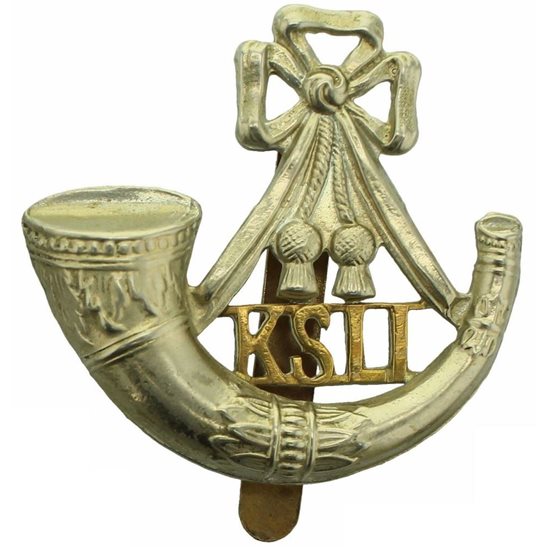Personal Details
Born: 20 October 1895 in Whitchurch, Shropshire and baptised on 9 February 1896 in St. Alkmund’s Parish Church.
Family: He was the third of six children born to Thomas John Hill Purcell, a tobacconist, hairdresser and newsagent, and his wife Lydia, nee Bradbury. He married Hilda Kate Jones on 26 March 1921 at Newtown Parish Church, Montgomeryshire, Wales and together they had one child – Joyce Elizabeth.
Residence: He lived at 36 Green End, Whitchurch until at least 1919. His marriage record shows an address of 12 Laurel Road, Higher Tranmere. The family spent 18 months in New York in 1930 and 1931 staying with Hilda’s younger brother Lloyd. They left from 123 Cemetery Road, Liverpool and returned to 26 South Cannon Hill, Southgate, London. In 1934 he was living at 52 Monks Avenue, New Barnett, in 1935 at 22 Ravensdale Avenue, Finchley and in 1938 and 1939 at 82 Westbury Road, Finchley. Between 1962 and 1970 he was living at 85 The Causeway, Carshalton, Surrey.
Employment: He was a hairdresser.
Died: In 1990 in Swansea, Glamorgan, aged 94.
Military Details
Regiment: King’s Shropshire Light Infantry
Rank: Private
Service Number: 230445 (previously 2589)
Date of Enlistment: Not known
Date of Discharge: Not known
Reason for Discharge: Demobilised
Other Information: His brother, Thomas Henry, also served in WW1.
Leonard was awarded the Campaign Medals (British War Medal and Victory Medal)

The British War Medal (also known as 'Squeak') was a silver or bronze medal awarded to officers and men of the British and Imperial Forces who either entered a theatre of war or entered service overseas between 5th August 1914 and 11th November 1918 inclusive. This was later extended to services in Russia, Siberia and some other areas in 1919 and 1920. Approximately 6.5 million British War Medals were issued. Approximately 6.4 million of these were the silver versions of this medal. Around 110,000 of a bronze version were issued mainly to Chinese, Maltese and Indian Labour Corps. The front (obv or obverse) of the medal depicts the head of George V. The recipient's service number, rank, name and unit was impressed on the rim.
The Allied Victory Medal (also known as 'Wilfred') was issued by each of the allies. It was decided that each of the allies should each issue their own bronze victory medal with a similar design, similar equivalent wording and identical ribbon. The British medal was designed by W. McMillan. The front depicts a winged classical figure representing victory. Approximately 5.7 million victory medals were issued. Interestingly, eligibility for this medal was more restrictive and not everyone who received the British War Medal ('Squeak') also received the Victory Medal ('Wilfred'). However, in general, all recipients of 'Wilfred' also received 'Squeak' and all recipients of The 1914 Star or The 1914/1915 Star (also known as 'Pip') also received both 'Squeak' and 'Wilfred'. The recipient's service number, rank, name and unit was impressed on the rim.

